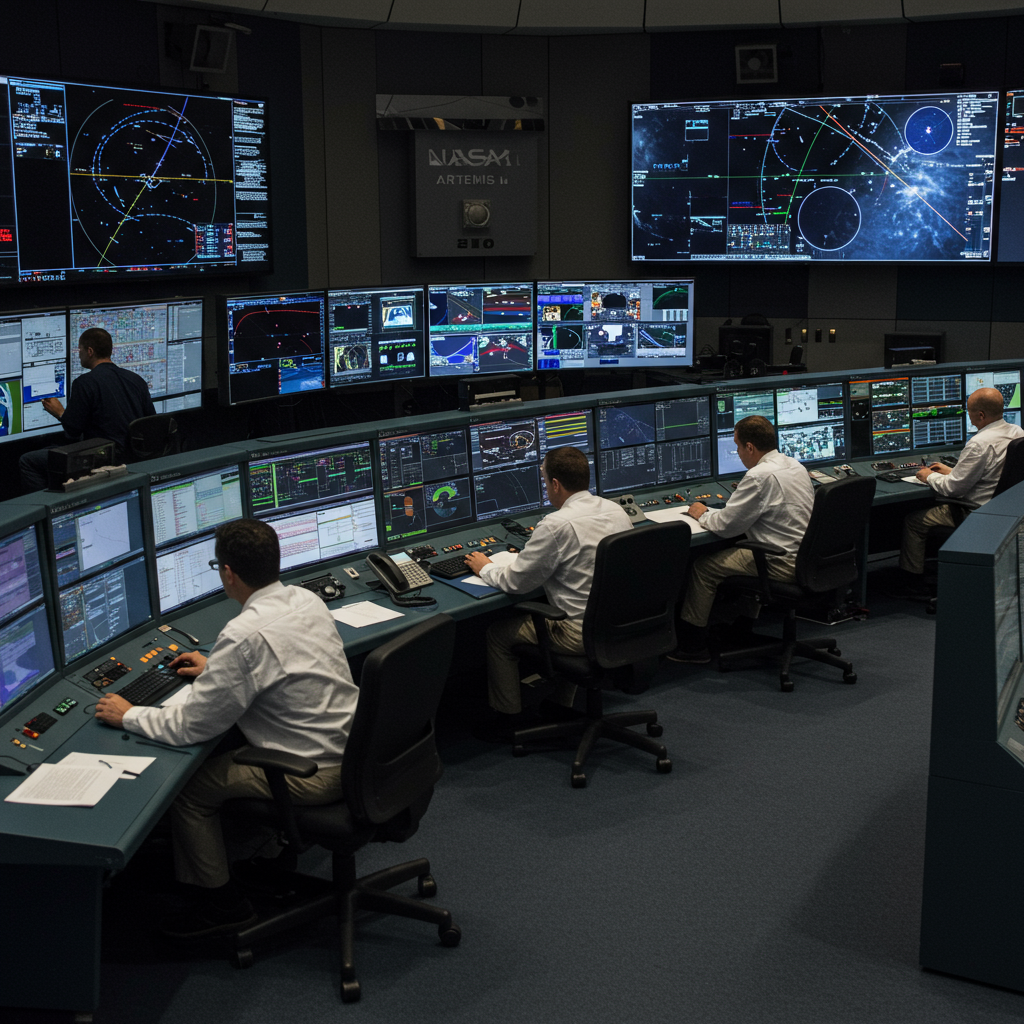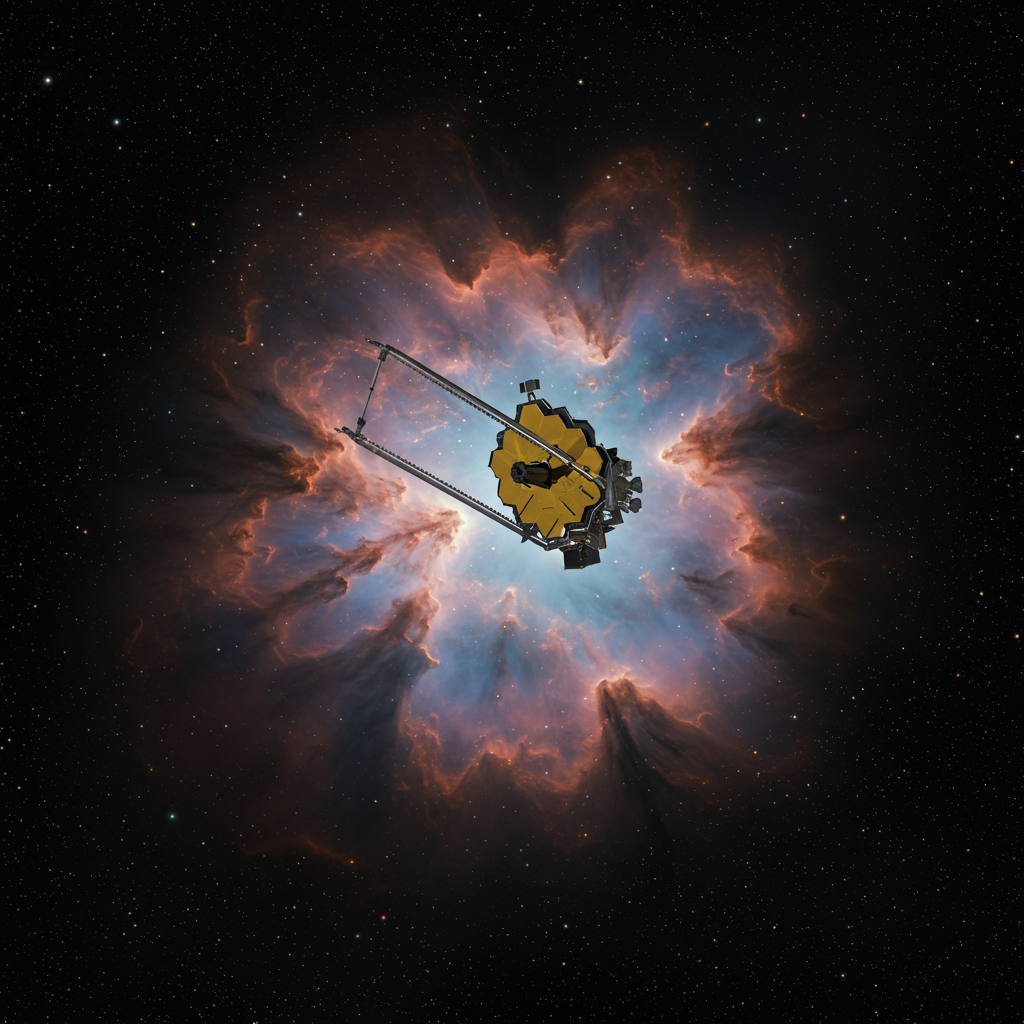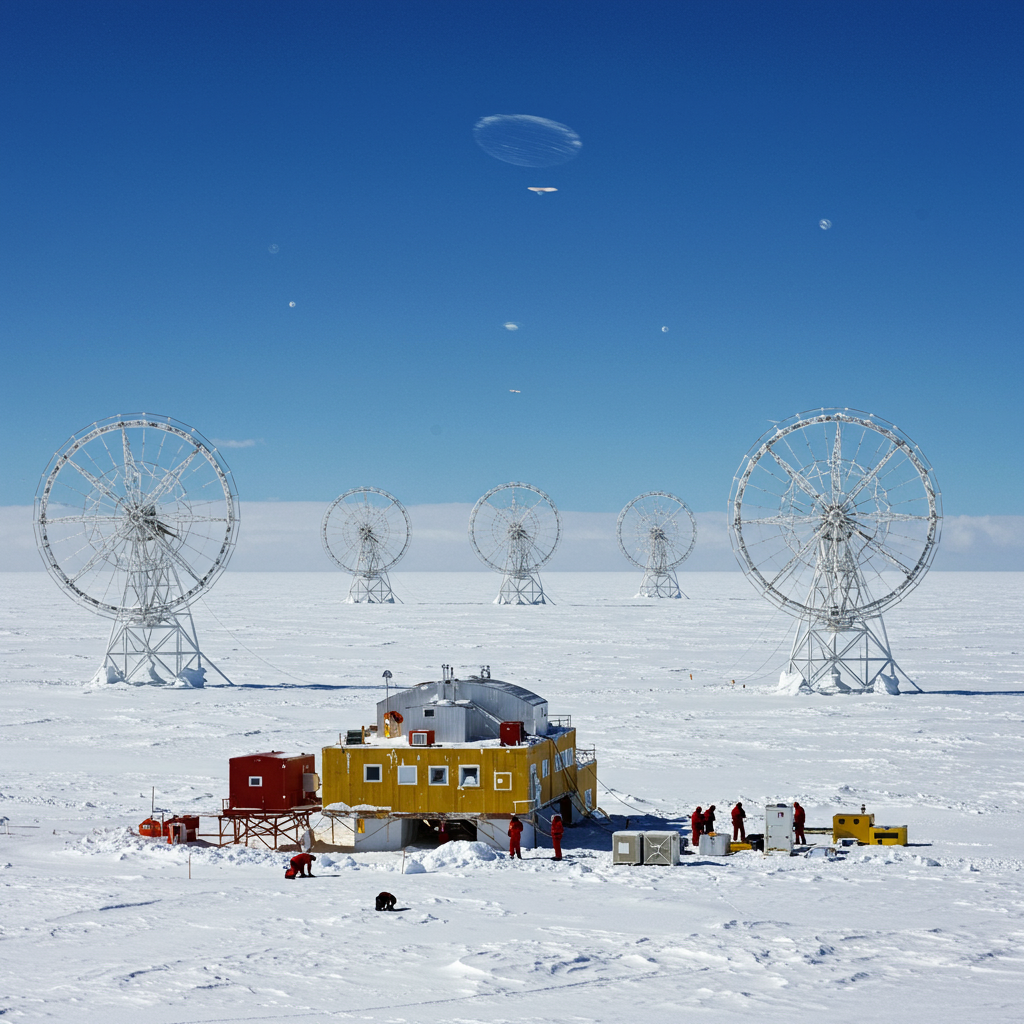A significant leadership transition is underway at NASA’s Goddard Space Flight Center as Dr. Makenzie Lystrup, its esteemed director, announces her departure. Her last day in the pivotal role is set for August 1. This news comes amidst a period of considerable strategic reorientation and budget challenges across the agency, adding a layer of complexity to the shift. Dr. Lystrup, who assumed the directorship in April 2023, has guided Goddard through both remarkable scientific triumphs and demanding operational adjustments.
A Pivotal Leadership Transition at NASA Goddard
The space community is attentively watching as NASA’s Goddard Space Flight Center prepares for a change in its top leadership. Dr. Makenzie Lystrup, who has steered the Greenbelt, Maryland-based facility since April 2023, recently announced her decision to step down from her post. Her departure marks a notable moment for an institution central to America’s space and scientific endeavors. Dr. Lystrup’s leadership spanned a critical period for NASA, encompassing not only groundbreaking scientific missions but also the onset of agency-wide structural and budgetary realignments.
Dr. Lystrup’s Tenure and Departure
During her tenure, Dr. Lystrup held comprehensive responsibility for the strategic direction and operational oversight of Goddard and several key NASA field installations. These included the vital Wallops Flight Facility in Virginia, the Katherine Johnson Independent Verification & Validation Facility in West Virginia, the White Sands Complex in New Mexico, and the Columbia Scientific Balloon Facility in Texas. Her oversight extended to a vast workforce comprising over 8,000 civil servants and contractors, all dedicated to advancing space science and technology. In an internal memo shared with staff, Dr. Lystrup described her decision to step aside as a “difficult” one, made “after much reflection.” Her letter expressed deep gratitude for the privilege of leading the center through a dynamic period.
The Immediate Future: Cynthia Simmons Steps In
With Dr. Lystrup’s departure, the continuity of leadership at NASA Goddard is assured by Ms. Cynthia Simmons. Currently serving as the Deputy Center Director, Ms. Simmons will assume the role of Acting Center Director. This transition ensures that Goddard’s critical missions and ongoing operations will continue under experienced guidance, maintaining stability during this pivotal change. The agency’s commitment to its ambitious goals remains unwavering, even as new leadership steps forward.
A Legacy of Groundbreaking Achievement
Dr. Lystrup’s time at NASA Goddard has been marked by a series of significant accomplishments, reflecting the center’s vital role in space exploration, Earth observation, and technological innovation. Her leadership fostered environments where ambitious projects could thrive, solidifying Goddard’s reputation as a world-leading institution. The impact of her direction is evident across a spectrum of NASA’s most high-profile missions.
Championing Science and Exploration
Under Dr. Lystrup’s guidance, Goddard played a crucial role in several high-profile achievements. This includes the successful return of samples from an asteroid, a monumental feat advancing planetary science. She also oversaw critical Earth observation efforts, providing invaluable data to support farmers and communities globally. Her leadership was instrumental in keeping the Roman Space Telescope project on budget and on schedule, an achievement vital for future astronomical discoveries. Furthermore, the foundational work for the Habitable Worlds Observatory—envisioned as the next giant leap in breakthrough science and engineering—began under her watch. Vanessa Wyche, acting NASA associate administrator, particularly lauded Dr. Lystrup’s contributions to the successful operations of missions like the James Webb Space Telescope and the Imaging X-Ray Polarimetry Explorer (IXPE). These achievements underscore her commitment to inspiring a new generation of explorers, scientists, and engineers.
Guiding Through Triumph and Challenge
Dr. Lystrup’s leadership was characterized by a profound sense of purpose and integrity. She acknowledged that the journey at Goddard often involved “challenging” moments, but consistently strived to lead with transparency and authenticity. Her background as a planetary scientist and astronomer, with extensive experience in aerospace and public service before joining NASA, informed her approach. She served as senior director for Ball’s Civil Space Advanced Systems and Business Development and as an American Institute of Physics – Acoustical Society of America Congressional Fellow. This diverse experience gave her a unique perspective on managing complex scientific and technical endeavors. She famously articulated the center’s mission as a “relay race,” where each person receives a baton, runs their leg, and passes it on. This philosophy highlights the collaborative and long-term nature of space exploration, emphasizing that collective effort drives extraordinary achievements.
Navigating Unprecedented Change at NASA
Dr. Lystrup’s departure occurs during a period of significant strategic reorientation and fiscal scrutiny for NASA as an agency. External factors, particularly a proposed budget from the Trump administration for fiscal year 2026, are necessitating widespread adjustments and challenging the traditional focus of the space agency. This broader context casts a different light on the leadership transition.
The Broader Context: Budget Shifts and Realignments
NASA is reportedly facing “drastic changes of devastating proportions,” driven by a shift towards a primary focus on human Mars landings. The proposed budget threatens the elimination of “dozens of science missions” and potentially “thousands of job cuts.” This strategic pivot has created substantial uncertainty across NASA centers. Dr. Lystrup’s own internal email, published in June 2025, corroborated these impending changes, stating that the agency was actively “working to begin pivoting the agency to its new priorities.” The agency has also contended with a prolonged leadership vacuum, operating without a confirmed administrator for several months, further complicating strategic clarity.
Voluntary Separations and Workforce Impacts
As part of this agency-wide realignment and to manage workforce adjustments, Goddard Space Flight Center has been offering voluntary separation programs to its civil servants. These programs include Deferred Resignation (DRP), Voluntary Early Retirement Authority (VERA), and the Voluntary Separation Incentive Program (VSIP). Employees were given a deadline of July 25 to apply for these programs, underscoring the urgency of the restructuring. These changes are expected to have a notable impact on operations, particularly at facilities like the Wallops Flight Facility, which falls under Goddard’s purview and has seen increased strategic importance through partnerships with private aerospace companies like Rocket Lab. The agency has emphasized a managed approach to these changes, including planned workforce training sessions and support services for transitioning employees.
Looking Ahead: Goddard’s Enduring Mission
Despite the challenges and transitions, Dr. Lystrup’s letter conveys a profound belief in Goddard’s enduring mission and its people. Her message underscores the resilience and dedication that define the center’s legacy and its future trajectory.
The Relay Race Continues
Reiterating her powerful “relay race” analogy, Dr. Lystrup acknowledged that it was time for someone else to guide the center. Yet, she affirmed her unwavering belief in Goddard and its mission. Her statement that she would “champion the next leg from the stands” speaks to her lasting commitment to space exploration and scientific discovery. This perspective reinforces the idea that leadership transitions are a natural part of a continuous, long-term endeavor.
Goddard’s Enduring Importance
The spirit of commitment and collective expertise at Goddard Space Flight Center, mirroring that of its namesake, Robert H. Goddard, continues to make it a global beacon. Goddard’s work is central not only to NASA but also to the national science infrastructure and the United States’ leadership in scientific and technological competitiveness. Dr. Lystrup expressed deep appreciation for this dedication, confident that future generations will continue to value the center’s historic achievements. The integrity, passion, and collaborative spirit of Goddard’s workforce will remain the driving force behind its continued success in expanding humanity’s understanding of the cosmos and our own planet.
Frequently Asked Questions
What is the reason for Makenzie Lystrup’s departure from NASA Goddard?
Dr. Makenzie Lystrup stated her decision to step down as NASA Goddard Center Director was made “after much reflection.” While her letter doesn’t specify an external reason, her departure coincides with a broader period of significant strategic reorientation at NASA. The agency is reportedly facing budget cuts and a shift in priorities under the Trump administration’s proposed FY2026 budget, leading to the elimination of some science missions and voluntary separation programs for staff. This suggests a challenging operational environment that may have influenced her decision.
Who will lead NASA Goddard after Dr. Lystrup’s resignation?
Following Dr. Makenzie Lystrup’s last day on August 1, Ms. Cynthia Simmons will assume the role of Acting Center Director for NASA’s Goddard Space Flight Center. Ms. Simmons currently serves as the Deputy Center Director, ensuring a smooth transition and continuity of leadership for the vital space exploration and Earth observation missions managed by Goddard.
How might recent budget changes impact NASA’s future missions?
The proposed FY2026 budget from the Trump administration signals a significant shift in NASA’s focus, prioritizing human Mars landings above traditional science-based missions. This budget could lead to “drastic changes,” including the elimination of “dozens of science missions” and “thousands of job cuts.” NASA is already offering voluntary separation programs to its civil servants to align the workforce with these new priorities. While the budget is not yet finalized by Congress, these potential changes create considerable uncertainty for ongoing projects and future scientific endeavors across the agency, including those at Goddard.
Conclusion: A New Chapter for Space Exploration
Dr. Makenzie Lystrup’s resignation marks the close of a significant chapter at NASA Goddard Space Flight Center. Her leadership, characterized by integrity and a relentless pursuit of scientific excellence, has left an indelible mark on critical missions and the institution itself. As Cynthia Simmons steps in as Acting Center Director, Goddard faces both the exciting prospect of future discoveries and the ongoing challenge of adapting to a evolving strategic landscape within NASA. The center’s dedication to pushing the boundaries of human knowledge and technological innovation remains, embodying the enduring spirit of collaboration and perseverance that continues to inspire the world.




